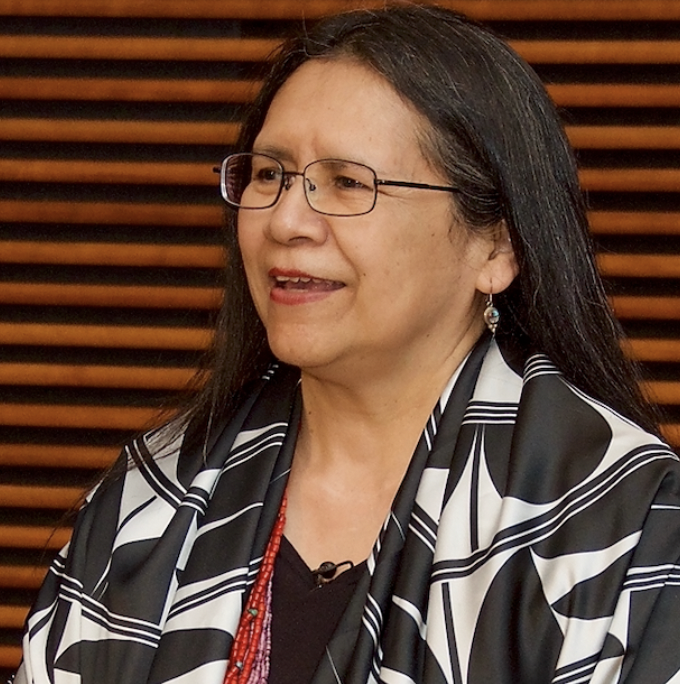Learning about Indigenous Land Acknowledgments
Ideas for Multilingual Learners in Secondary Settings
What is a land acknowledgment?
The National Museum of the American Indian website stational custom that dates back centuries in many Native nations and communities. Today, land acknowledgments are used by Native Peoples and non-Natives to recognize Indigenous Peoples who are the original stewards of the lands on which we now live. Before public events and other important gatherings a speaker offers an acknowledgment.
Why should you teach about land acknowledgments to secondary students?
Lorena Escoto Germán explains:
When done correctly, a land acknowledgment can be a powerful experience that brings a level of awareness and purpose to the work in the classroom moving forward. Everyone in the room is called in to consider the pain of the loss, the resilience of the people who have been erased, the vibrancy of the language, and how to move ahead with respect.
This article on indigenous acknowledgments from Teen Vogue is also useful.
Activities for your classroom:
Introduce land acknowledgments:
Begin with a brief discussion about the importance of showing respect and cultural sensitivity when talking about Indigenous land acknowledgments. Indigenous scholar, Dr. Debbie Reese, provides useful guidelines here. She also reviews literature by and about indigenous communities.
You could show this short 4-minute video about honoring indigenous people through land acknowledgments. Put on the closed caption and slow speed to .75 for Multilingual Learners.
Visual Exploration:
Display visuals of short Indigenous land acknowledgment statements (you can google them) with accompanying images. Let the WIDA Level 1 & 2 students translate them into their home languages.
Point to key vocabulary words with a visual (land, acknowledge, respect, indigenous, connection) on sentence strips and repeat them together.
In pairs or groups of threes, have students answer these questions for basic understanding, such as "What do you see?"
Group Discussion:
Facilitate a simple group discussion using visual prompts.
Encourage students to express their thoughts about what they see in the visuals using basic vocabulary.
Large Visuals Activity:
Provide large visuals representing respect and cultural sensitivity (e.g., images of people listening, holding hands, or sharing). Show pictures of current indigenous people, not just historical ones. Here’s a link to contemporary Native musicians.
Discuss these visuals, emphasizing basic vocabulary words related to respect and cultural sensitivity.
Connect the discussion to the Indigenous land acknowledgment visuals, pointing out similarities.
Interactive Activity (WIDA Levels 1-2):
Engage students in an interactive activity where they match basic vocabulary words to corresponding images.
Use sentence strips and visuals to create a collaborative display of simple Indigenous land acknowledgment statements emphasizing respect.
Have students create posters with vocabulary words and images that correspond with them.
Land Acknowledgement Analysis (WIDA levels 3-5):
Print 2-3 examples of Indigenous land acknowledgments from various contexts (e.g., events, institutions). A great website for land acknowledgments is Native Land Digital.
Have students highlight language used that relates to the vocabulary words. Have them discuss how acknowledgment varies based on the specific context.
Encourage students to identify elements that demonstrate respect and cultural sensitivity.
Have you taught students about land acknowledgments before? What worked? What didn’t?
If this is helpful, click the like button below.




